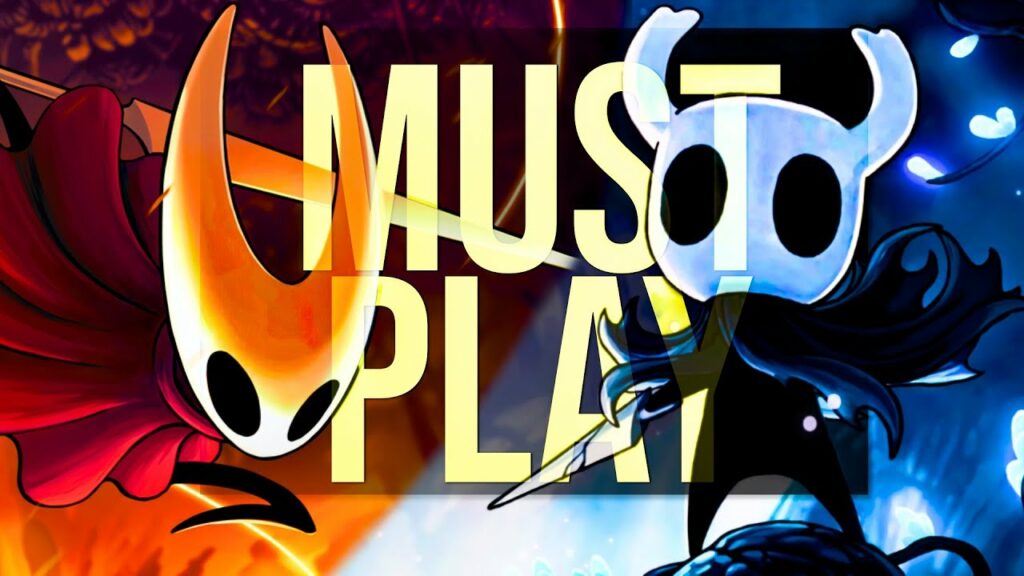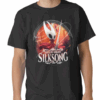f you’ve recently found yourself lost in the labyrinthine forums of Reddit, you’ll have noticed a peculiar and shared experience amongst gamers: an all-consuming obsession with Hollow Knight: Silksong. The long-awaited sequel from the masterful Team Cherry has finally landed, and it’s not just meeting expectations—it’s devouring players’ time, attention, and very concept of reality. From fervent discussions about Hornet gameplay to heated debates on Silksong difficulty, the community is alight. But what is it about this specific metroidvania that has players forgetting to eat, sleep, and hydrate? Let’s untangle the web of Hollow Knight Silksong‘s allure, exploring the immersive mechanics, brutal challenges, and the curious case of a missing battle cry that define this monumental release.
Why Does Hornet Gameplay Feel So Immersive in Hollow Knight Silksong?
Stepping into the silk-lined boots of Hornet is a fundamentally different experience from controlling the Knight of Hallownest. Where the Knight was a vessel of pure, stoic resolve, Hornet is a symphony of graceful, deadly motion. This is the core of her appeal. Fan anecdotes on Reddit are filled with tales of intended “quick 30-minute sessions” effortlessly spiralling into four-hour marathons, all thanks to the fluidity of her movement.
Her toolkit is a masterclass in addictive game design. The use of silk as a primary resource for both combat and traversal creates a compelling loop. You need to engage with enemies to build silk, which you then use to access new areas or unleash powerful abilities, which in turn presents more enemies to engage with. It’s a perfectly crafted cycle of cause and effect. Her agility, including a new directional dash and the ability to craft tools mid-fight, makes exploration feel incredibly dynamic. This heightened sense of agency and flow is a significant reason why players become so deeply absorbed, often joking about the “one more room” mentality that consistently turns into “just one more boss.”
>>> Can You Tell Me Everything About Hollow Knight: Silksong?
How Challenging Is Silksong Difficulty Compared to Expectations?
Let’s be frank: the original Hollow Knight was no walk in the park. Team Cherry established a reputation for crafting challenges that are tough but fair. With Hollow Knight: Silksong, they’ve taken this philosophy and, by many accounts, turned it up to eleven. The Silksong difficulty is a hot topic, with players sharing their triumphs and frustrations over areas like the haunting, oppressive Greymoor or the intricate, trap-filled ant colonies.
Boss fights are where this difficulty truly shines (or stings, depending on your skill level). New adversaries, from hulking, winged beasts to deceptively quick, smaller foes, demand pattern recognition, quick reflexes, and smart use of Hornet’s entire arsenal. This ramped-up challenge is a double-edged silk needle. For some, the repeated deaths and eventual hard-won victory create an immense sense of accomplishment that fuels metroidvania addiction. For others, there’s a genuine debate on whether certain sections risk tipping over into frustration. However, the prevailing sentiment seems to be that the difficulty enhances replayability, encouraging players to master the new mechanics rather than simply bash their heads against a wall.

What’s Missing from Hornet’s Iconic Voice in Hollow Knight Silksong?
Now, for the elephant—or rather, the spider—in the room. Where is the “SHAW!”? A fan-favourite battle cry from the original game, Hornet’s iconic utterance seems to be far less frequent or entirely absent in her solo outing. This has sparked lively, and often humorous, debate within the gaming community.
Some speculate this is a deliberate narrative choice by Team Cherry. Hornet is no longer a mysterious side character; she is a protagonist with a deep history and a kingdom to save. Her more subdued and varied vocalisations could be an attempt to add layers to her character, moving beyond a simple catchphrase to convey a wider range of emotion and intent. Others wonder if it’s simply a matter of audio variety, preventing a single soundbite from becoming repetitive over a longer game. While its absence is noted with a tinge of nostalgia, it also highlights how her character is evolving, making this new iteration of Hornet gameplay feel fresh and distinct.
Can Hollow Knight Silksong Balance Fun and Player Well-Being?
This level of immersion and challenge inevitably leads to a crucial question: can a game be too good? Stories are emerging of 14-hour play sessions, of forgotten meals, and of dedicated partners placing glasses of water on desks with stern notes. The game’s addictive pull is undeniable, a testament to its quality, but it also sparks a conversation about player well-being.
Interestingly, the community itself has become a source of positive reinforcement. It’s not uncommon to see posts on Reddit reminding fellow travellers of Pharloom to “remember to hydrate” or “take a break after that tough boss.” This self-awareness is a fascinating aspect of modern gaming communityculture. While Hollow Knight: Silksong is a benchmark for engagement, it also serves as a reminder that the most rewarding experiences are enjoyed healthily. Setting a timer or agreeing to stop after defeating one major objective can help maintain that perfect balance between blissful immersion and real-world responsibility.
>>> Discovering Hollow Knight Silksong Merch: Essential Gear for Fans in 2025
Will Hollow Knight Silksong Define a New Era of Metroidvanias?
The buzz surrounding Hollow Knight: Silksong is far more than just hype. It’s the result of a perfect storm: exquisite Hornet gameplay that creates intoxicating flow states, a Silksong difficulty that challenges and rewards in equal measure, and a rich world that begs to be explored. It captures that rare magic of player immersion, making the outside world fade away.
It respects its audience’s intelligence and dedication, and in return, receives their unwavering passion. Whether it’s debating design choices or sharing tales of triumph, the conversation around the game is as vibrant as the game itself. Hollow Knight: Silksong doesn’t just meet the legacy of its predecessor; it weaves its own iconic place in the metroidvania genre, setting a new gold standard for indie excellence. It’s a masterpiece that was worth the wait.
What about you? Have you ventured into Pharloom? What was your most memorable—or frustrating—moment? Share your stories and join the conversation below!
FAQs: Quick Answers to Burning Questions
What makes Hornet gameplay stand out in Hollow Knight Silksong?
Hornet’s gameplay is defined by her incredible speed, agility, and a deep toolset centred around using Silk as a resource. This creates a fluid and dynamic combat and exploration loop that feels distinctly different from, and often more engaging than, the original Hollow Knight.
How does Silksong difficulty evolve from the first game?
The difficulty is generally considered a step up, featuring more complex boss patterns, treacherous environmental hazards, and larger, more intricate areas to navigate. It maintains the “tough but fair” philosophy but demands greater mastery of Hornet’s expanded mobility and combat options.
Why do fans miss Hornet’s “SHAW!” in Hollow Knight Silksong?
“SHAW!” was a memorable and powerful battle cry from the original game that became a beloved meme within the community. Its noticeable absence or reduced frequency in Silksong is felt by fans as a loss of a iconic character quirk, though it may be a deliberate choice to broaden Hornet’s characterisation.
Is Hollow Knight Silksong worth the hype for new players?
Absolutely. While prior knowledge of the first game enriches the lore, Silksong stands perfectly on its own as a masterpiece of the metroidvania genre. Its compelling gameplay, stunning world-building, and satisfying challenge make it an essential play for any fan of action-adventure games.


